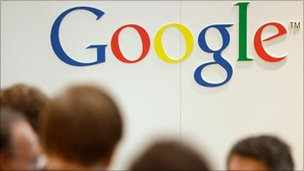 By Jason Palmer Science and technology reporter, BBC News
By Jason Palmer Science and technology reporter, BBC NewsA particle accelerator in the US has shown compelling hints of a never-before-seen particle, researchers say.
The find must be more fully confirmed, but researchers at the Tevatron are racing to work through existing data.
If proved, it will be a completely new, unanticipated particle; researchers say it cannot be the much sought-after Higgs boson.
It could also signal a new fundamental force of nature, and the most radical change in physics for decades.
Researchers at the Tevatron formally announced the find on the collaboration's website, after posting an as-yet unreviewed account of the research on the Arxiv repository.
The team was analysing data from collisions between protons and their anti-matter counterparts antiprotons. In these collisions, particles known as W bosons are produced, along with a pair of "jets" of other particles.
It was in these jets that the unexpected "bump" in the team's data came to light, potentially representing a particle that the current understanding of the zoo of subatomic particles - the Standard Model - does not include.
"When you look at the data it's not some disagreement with the Standard Model, it's a nicely formed bump in the distribution that looks really like the kind of bump you'd get if a new particle was being exchanged in this process," said Dan Hooper, a theoretical physicist at Fermilab who was not involved in the research.





